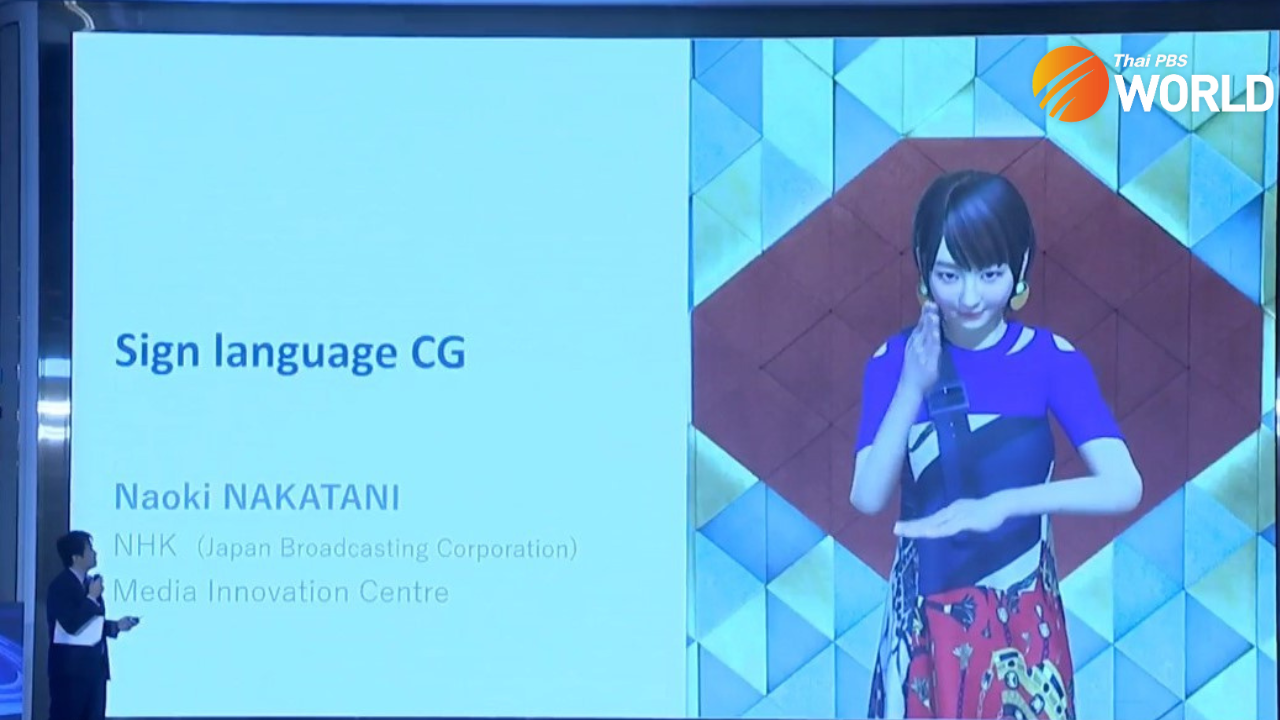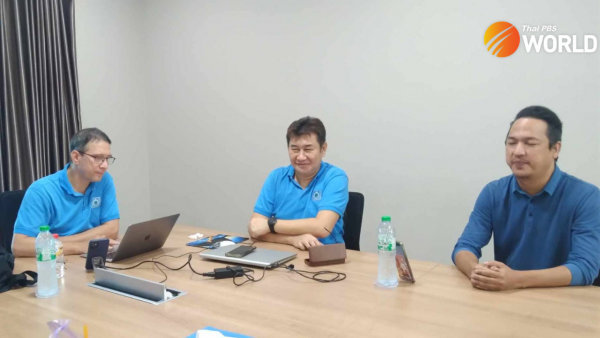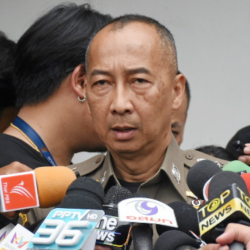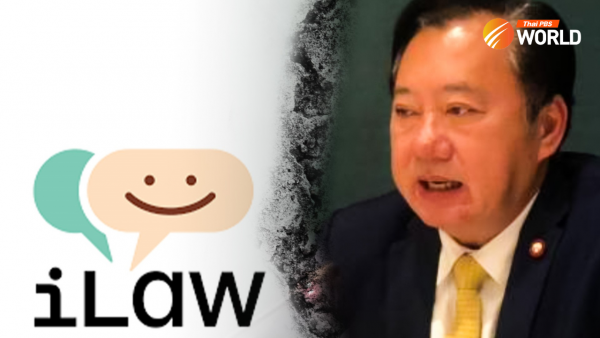The impact of technology on the hard of hearing

It is important to make technology accessible to those with hearing difficulties, because it can improve their quality of life, comfort and convenience, said Withayoot Bunnag, president of the National Association of the Deaf in Thailand.
“If new technologies, like Artificial Intelligence (AI), prove beneficial, they should be welcomed and embraced”, he said in a recent interview with Thai PBS World.
While the controversy persists regarding whether AI can replace humans in various fields of expertise, one often overlooked group potentially affected by AI is people with disabilities.
Withayoot added that he displayed the typed text of his preferred drink from his mobile phone at a coffee shop, streamlining the process of obtaining the desired beverage.
He acknowledged that simple gestures remain practical, particularly in market settings.
Meanwhile Kritsada Khobsahai, a National Association of the Deaf committee member said technology proves immensely helpful.
“Through mobile phones and messaging applications, like Line, deaf people can communicate using text. I’ve used the Live Transcribe application to convert voice into text during lectures”, Kritsada said.
Thawatchai Ngamthanaphaisarn, Secretary general of the association emphasised that, despite technological advancements, challenges persist for the deaf, especially during emergencies.
He stated, “They cannot hear and must rely on observing their surroundings and following others during emergencies.”
“Knowledge accessibility is limited. If information is provided in an audio format, it becomes inaccessible, reducing learning opportunities,” Withayoot added,
In Thailand, the Thai Telecommunication Relay Services (TTRS) video application and video call broadcasting service has been deployed. This service facilitates sign language conversations via smartphone or tablet applications with internet connectivity, featuring sign language interpreters providing assistance.

For those less inclined to use smartphones, TTRS Kiosk offers a mechanism to connect deaf people with interpreters, translating audio to sign language.
In Japan, AI has been embraced for the betterment of the deaf community.
The Media Innovation Centre of NHK, the state broadcaster in Japan, is actively working on the development of a web service featuring computer graphics (CG) for sign language. This service is specifically designed for weather forecasting and emergency communication.
When considering the choice between AI and sign language interpreters, Kritsada suggested a preference for interpreters in situations requiring facial expressions. For simpler scenarios like those encountered in coffee shops or ATMs, AI proves acceptable though.
Thawatchai concurs, mentioning reservations about AI’s effectiveness in more complex situations, such as general meetings with voting.
Withayoot added that “In hospital situations, a sign language interpreter is safer and more convenient. For casual conversations, however, AI can suffice.”
All three agree, though, that complete acceptance of AI is possible if it closely resembles a real interpreter, with accurate body movements and facial expressions.
The integration of technology in support of the deaf community presents both opportunities and challenges.
Ongoing collaboration among technology developers, the deaf community and advocates is crucial for shaping a future, in which technology is seamlessly integrated, ensuring accessibility and adoption among professionals for a more inclusive world.
by Neeranuch Kunakorn






